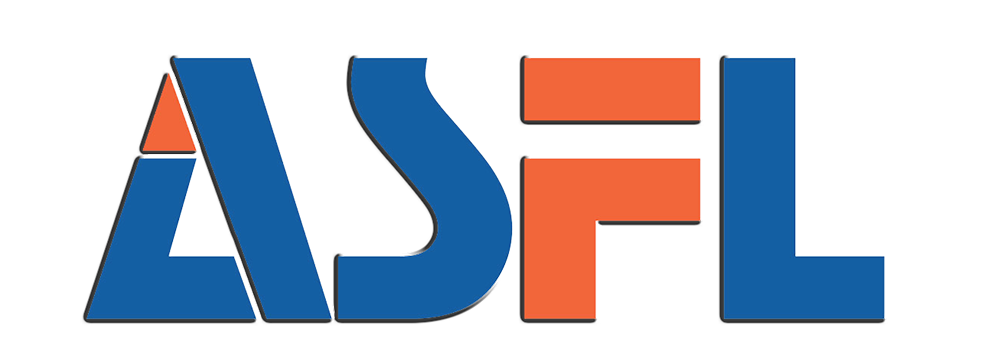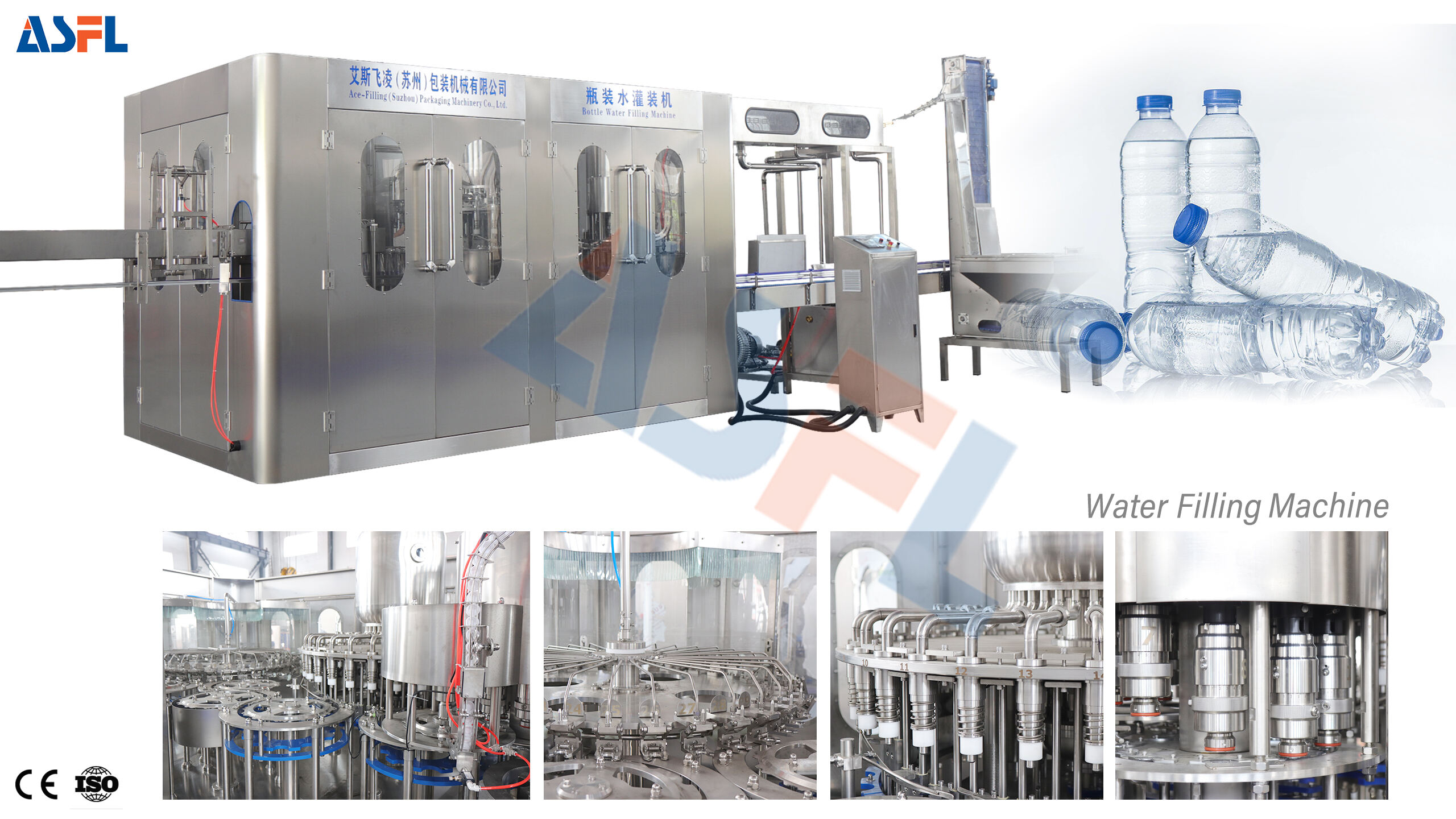To meet the filling needs of different liquids, multiple factors need to be considered as the characteristics of liquids vary. The following are the methods on how to meet these needs:
-
Viscosity of liquids
Low-viscosity liquids (such as water, juice): These liquids have good fluidity and usually use gravity fillers or pressure fillers. Gravity filling is suitable for static liquids, while pressure filling is suitable for carbonated beverages.
Medium-viscosity liquids (such as syrup, oil): These liquids require piston or pump fillers to push the liquid to the filling nozzle through sufficient pressure.
High-viscosity liquids (such as pastes, honey): For very thick liquids, pump fillers or rotary valve piston fillers are ideal choices as they can handle materials with high density without clogging.
-
Foaming characteristics
Liquids that foam easily (such as beer, shampoo): Special filling techniques such as isobaric filling or vacuum filling are needed to reduce foam generation and ensure filling accuracy.
Liquids that do not foam: Standard gravity or piston fillers can be used without special anti-foaming devices.
-
Particle content
Liquids with particles (such as juice with pulp, soup with lumps): Large-diameter nozzles or rotary valves need to be equipped to allow particles to pass through smoothly without clogging.
Smooth liquids: Standard filling nozzles can be used without modification.
-
Filling temperature
Hot filling (such as sauces, jams): The machine needs to be equipped with a temperature control system to handle high temperatures without damaging the equipment or affecting filling quality.
Cold filling (such as dairy products): The equipment needs to prevent condensation and contamination.
-
Filling accuracy
High-value liquids (such as perfume, essential oil): Filling accuracy is crucial to avoid waste. Volumetric or gravimetric fillers are recommended to ensure high precision.
Ordinary liquids: The accuracy requirement is relatively lower and a simple filling system can be used.
-
Container types
Bottles, jars or cans: The filler must be compatible with specific container shapes and sizes. It may be necessary to adjust the machine settings or use replaceable parts such as nozzles and clamps.
Soft bags or pouches: Special fillers such as form-fill-seal machines are needed for non-rigid containers.
-
Production speed
High-speed production (such as large-scale beverage production): Fully automatic systems and multi-head filling nozzles are needed to maintain production efficiency.
Small batch or custom filling: Semi-automatic fillers may be more suitable for flexible production.
-
Compliance and safety
Food-grade materials: For food products, all parts in contact with liquids must use food-grade stainless steel to meet hygiene standards.
Explosion-proof design: For flammable liquids (such as alcoholic products), the machine must be designed to be spark-proof and able to work in hazardous environments.
-
Integration with other equipment
Labeling, capping and packaging: The filler should be compatible with other equipment in the production line to ensure smooth operation.
Through these considerations, a suitable filler can be selected or customized to meet the filling needs of different liquids and ensure production efficiency and product quality.

 EN
EN
 AR
AR
 FR
FR
 DE
DE
 PT
PT
 RU
RU
 ES
ES
 TR
TR




